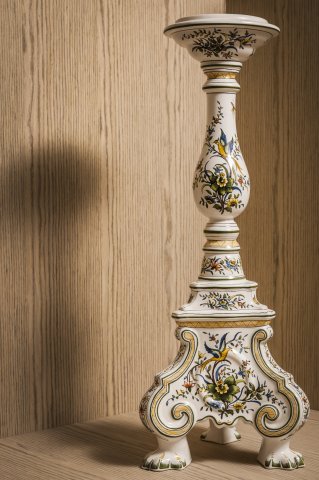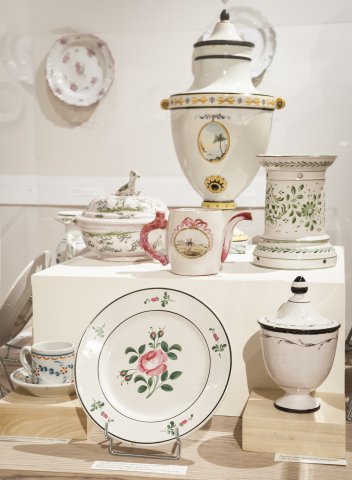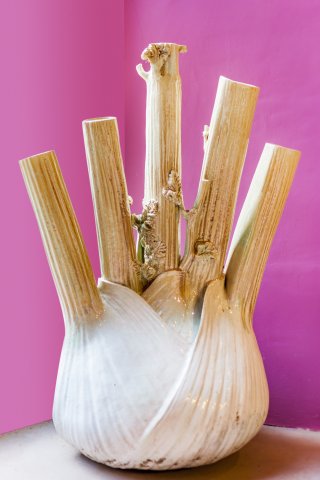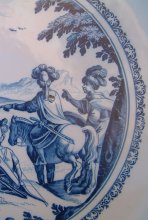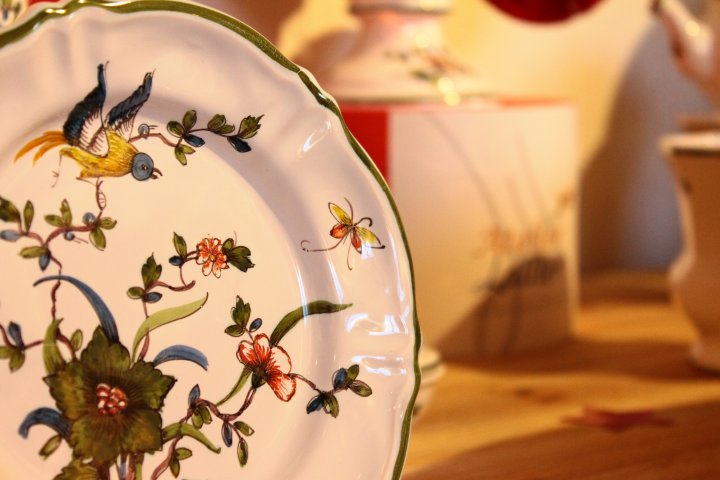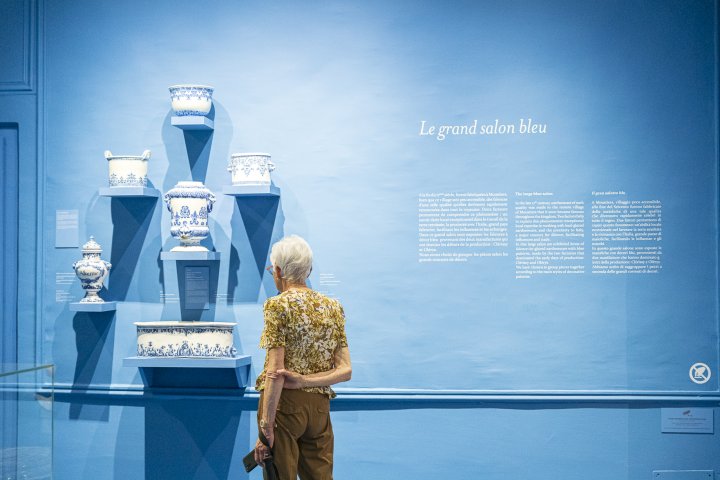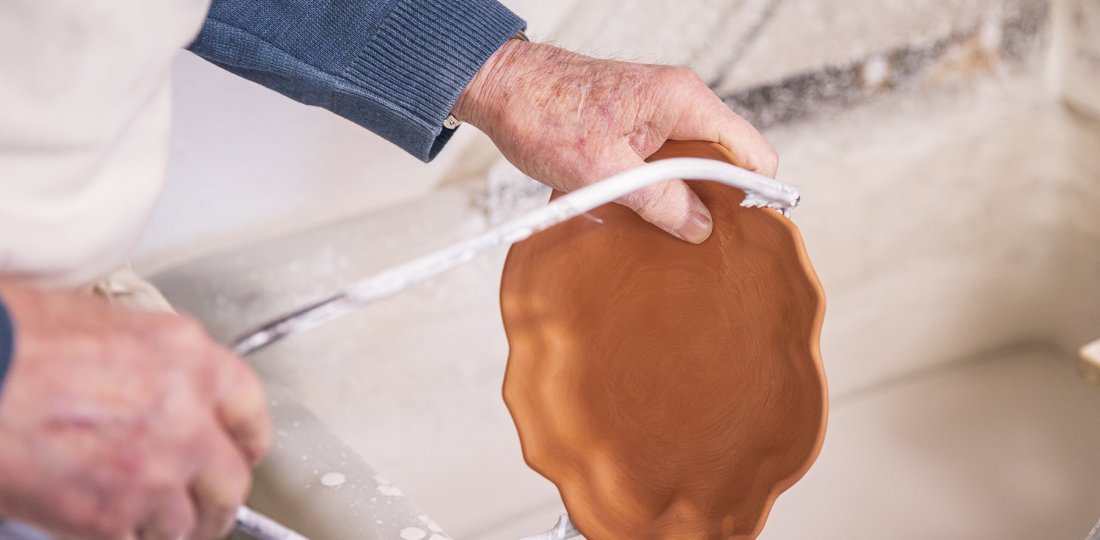
Mis à jour 02/06/2020
The manufacturing is a delicate process that requires thoroughness. In this article, we’ll see all the different steps needed to create the pottery before decorating it.
Manufacturing steps
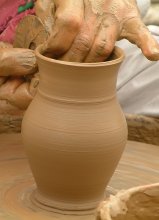
-
From a ball of clay, the piece is shaped
-
The piece is then covered with a white liquid called « engobe »
-
Moulding: a flat piece of clay is pressed onto a plaster mould
-
Once dried, the piece is fired a first time at a temperature above 1800F°. It creates the ‘biscuit’
-
Out of the oven, the ‘biscuit’ is immersed in an enamel bath: this phase is called ‘the glaze’
-
Decoration: delicate artwork is painted on the powdery enamel with a brush
-
A second firing is necessary to fuse the ‘glaze’ and coloured oxydes
You can discover all the step by visiting one of the several faïence workshops of Moustiers-Sainte-MarieYou can discover all the steps by visiting on of the serveral
faïence workshops of Moustiers-Sainte-Marie
Vous pourrez visualiser toutes ces étapes dans les ateliers de faïence de Moustiers-Sainte-Marie
Shapes and decoration of Moustiers-Sainte-Marie faïence
It is an historical fact that will create the impulsion for Moustiers-Sainte-Marie’s faïence to be on the King’s table. In the early 18th century, the royal cutlery and silverware was being melt and would be replaced by faïence. The bourgeoisie campaign on their consumption habits would increase the demand and create an important economy for Moustiers-Sainte-Marie’s workshops. The ceramists improved their techniques and production to meet demand.
After replacing the king’s cutlery, faïence would soon become a form of art – several qualified painters and men of the royal court would help create innovative designs and re-shaped the objects. Moustiers-Sainte-Marie creates its own décor by hiring more and more artists – soon, its decoration and its quality of execution would become famous throughout France. The Museum of Faïence still holds fine pieces from these centuries.






